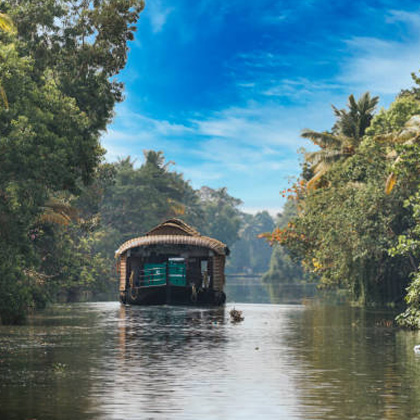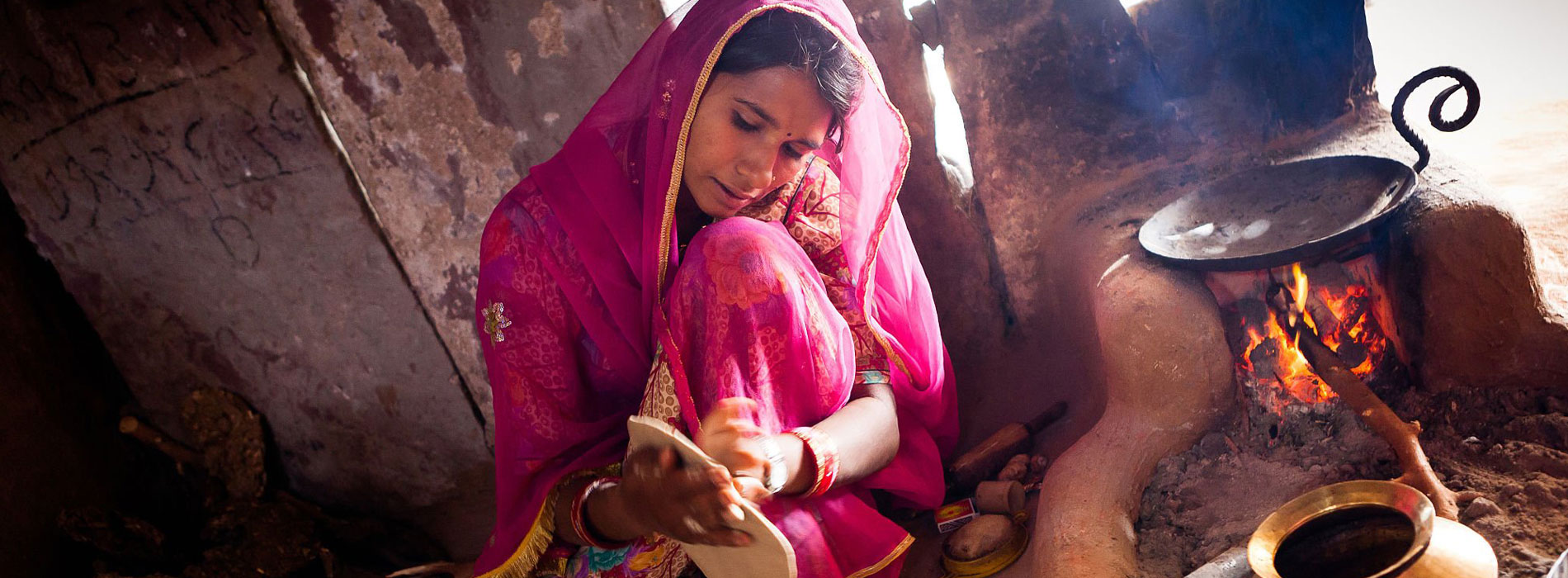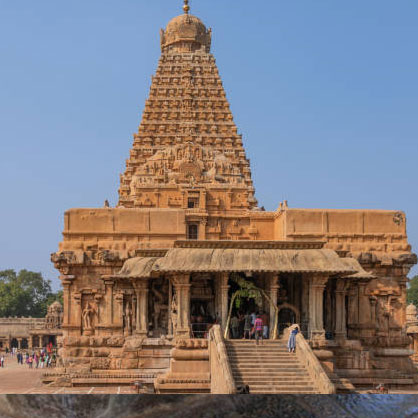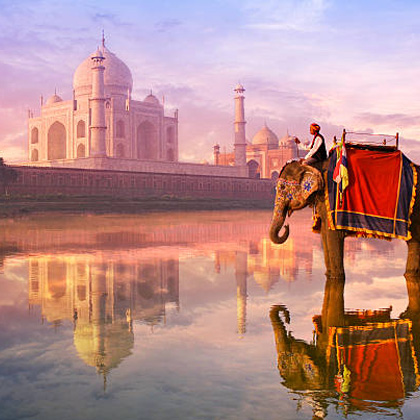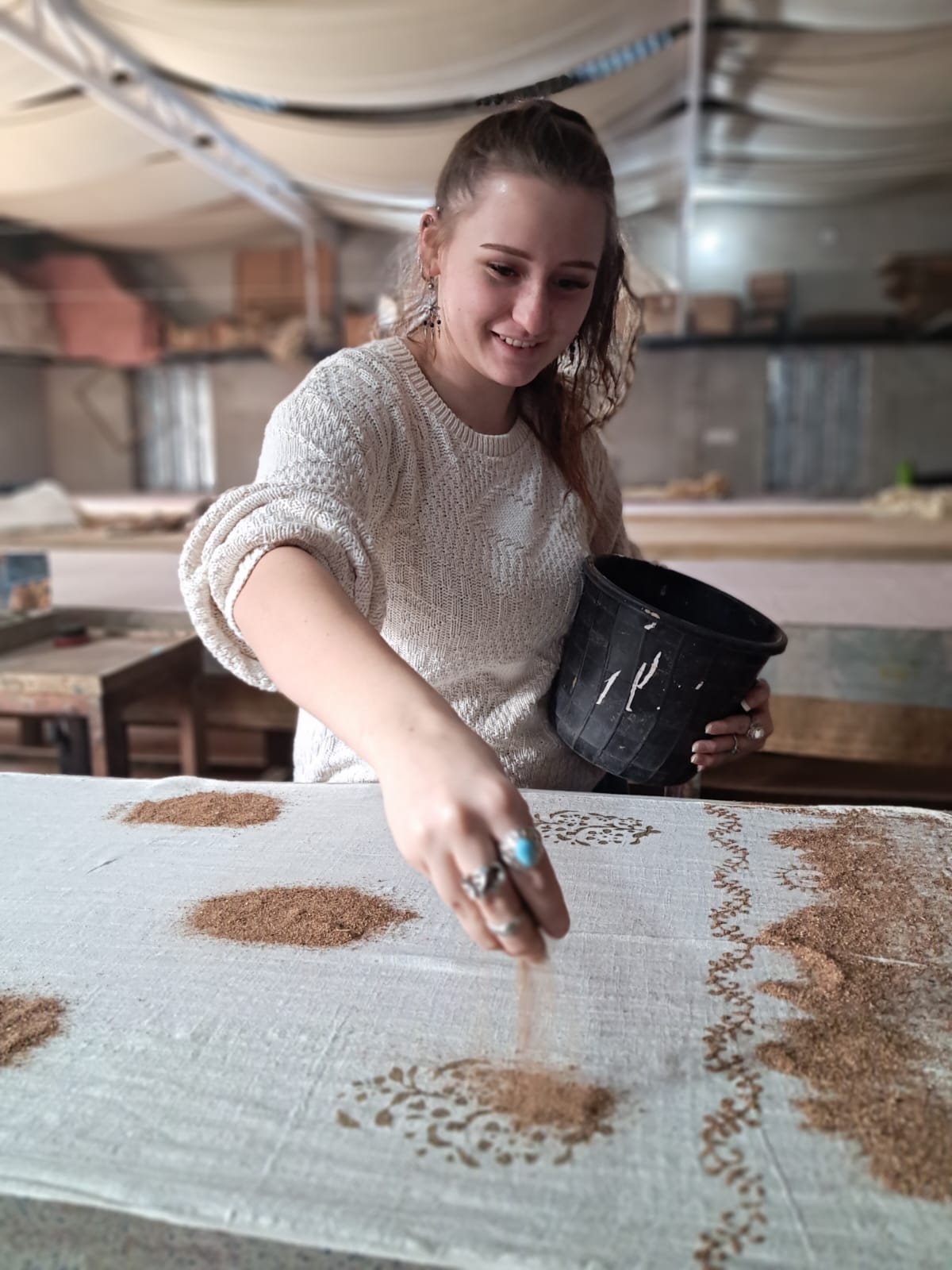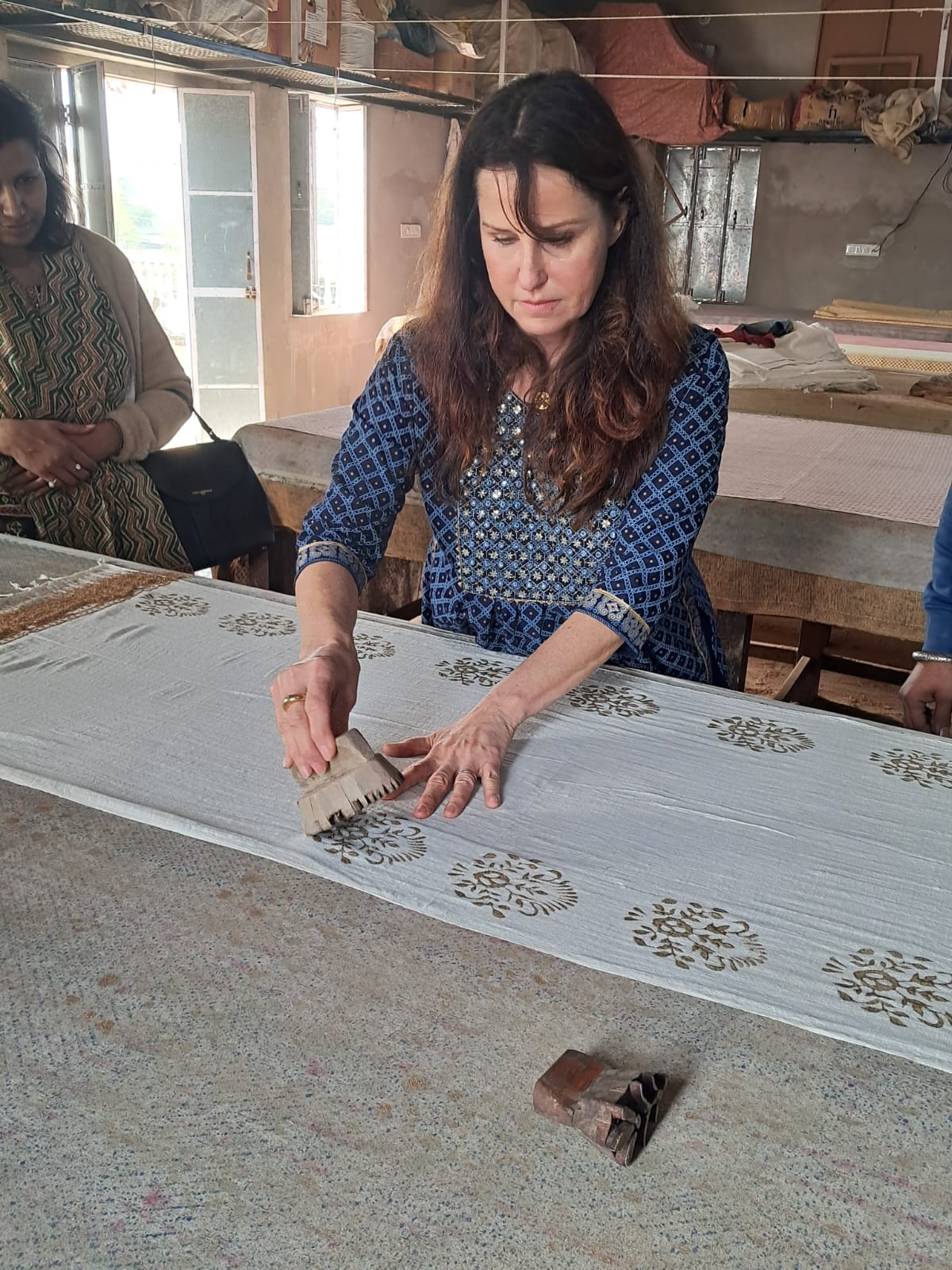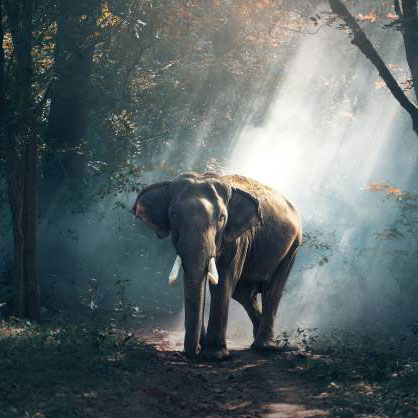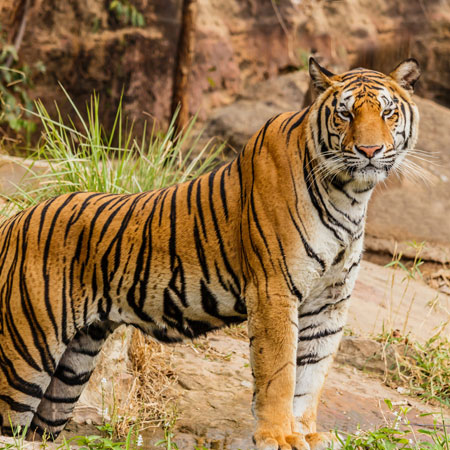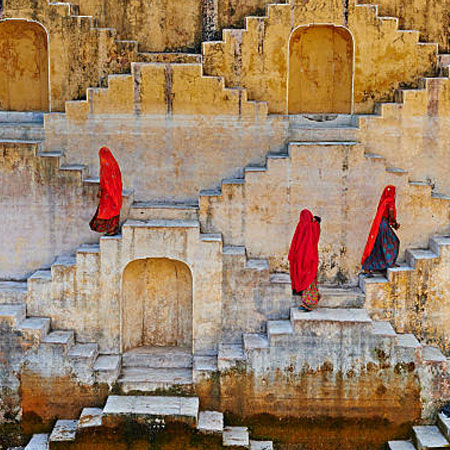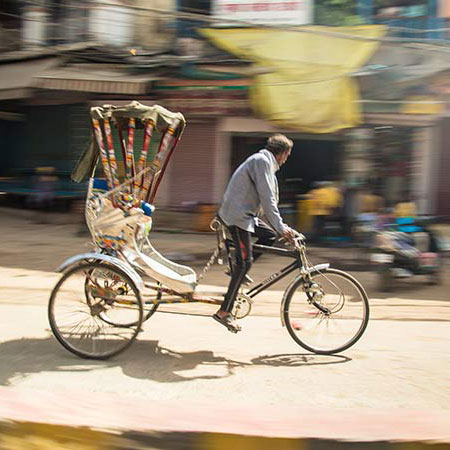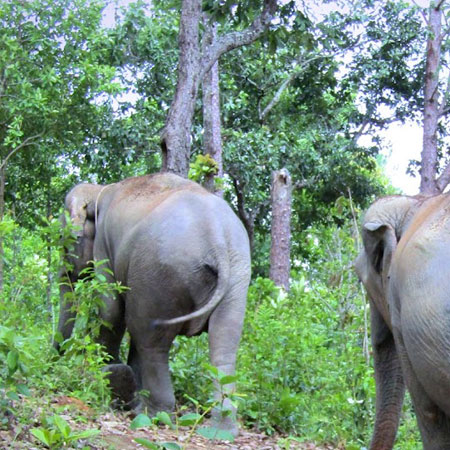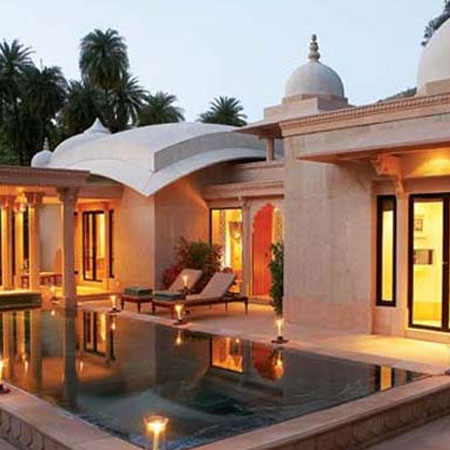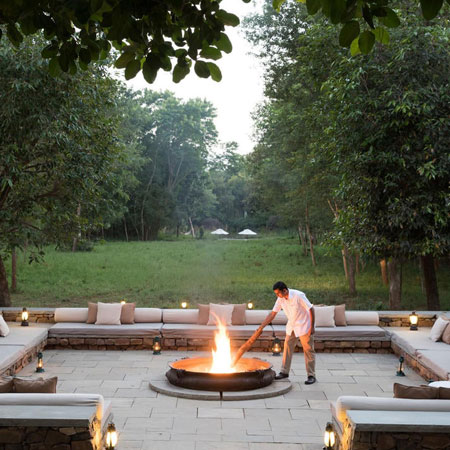India, the land of rich cultural heritage is home to myriad festivals and fairs, which are a true reflection of the culture and are celebrated with great fervor round the year. Each festival has a religious and allegorical connotation and people pray to deities to seek their blessings to bring in happiness and prosperity. The festival period is also considered auspicious to have new beginnings. Further, the praiseworthy fact is despite being so diverse people from all caste and religion come together to celebrate the festivals. Decorating with flowers, lights, rangolis, wearing new clothes, gifting sweets adds enthusiasm, joy, and bliss to the overall atmosphere. If you are opting for any luxury tours then visit during certain specific months to truly experience the festivals and its aura. The Golden-Triangle Tour of Castle-King is designed categorically that will surely enliven a platform to participate in the festivity of Indian festivals.
March-Mathura Ki Holi
Holi, the most celebrated festival of India heralds the arrival of the spring season connoting freshness, fertility, and fruitfulness after winter. It signifies the conquest of good over the evil and as thanksgiving for an abundant harvest. The festival’s religious undertone includes the burning and destruction of demon ‘Holika’ by Lord Vishnu, the God of Preservation; and for being the ‘Festival of Colours’ as was celebrated with gaiety by Lord Krishna by playing pranks on village girls and drenching them with water and colors. Holi is celebrated every year on the day after the full moon. Leave no chance of missing the festival if in India during this period. The preparations begin for almost a week in advance when shops in markets don an effervescent look and start selling colors both dry and water mix, delicious and mouth-watering sweets like ‘Gujiyas’ and so on. Holika Dahan preceding the festival on the night On the D-day of the festival people smear color on each other, spray water with ‘pichkaris’ (water-guns) and balloons. Some people also indulge in drinking ‘Thandai’ or Bhang (a drink prepared from the cannabis plant). All dance on foot-tapping numbers and it’s been seen that nobody is spared in playing with colors. Holi is celebrated across the country but one must not miss the celebrations in Mathura and Vrindavan, the land of Lord Krishna. Holi here attracts tourists and pilgrims from all over the world because of its unique customs and traditions. With sticks, shields, colors, and canons of water, the Holi celebration here is a must-have experience. There is another village near Mathura called Barsana, which is famous for ‘Lathmar’ Holi where women beat men playfully with wooden sticks.
July/August- Jaipur Ki Teej
Rajasthan apart from being a must-see tourist destination holds prominence for celebrating some festivals in a different way offering a unique experience. One such festival is Teej, which is celebrated on the arrival of Monsoon season and local folks celebrate the festival by singing folk songs and dancing on the same. Women and young girls wherever possible enjoys rhyming with air by swinging on swings hanging from trees. They wear colorful dresses and put ‘Mehendi’ on their hands. The festival is dedicated to Goddess Parvati and is mostly celebrated by women as they pray for the health & wellness of their husbands. During the three-day festival, the womenfolk who are celebrating do not sleep for three nights, the ritual is symbolic of the tough penance that Goddess Parvati did to attain the love of Shiva.
July/August- Krishna Janmashtami
Krishna Janmashtami is an annual festival that celebrates the birth of Lord Krishna, the eighth incarnation of Lord Vishnu. He was born in Mathura with a purposeful meaning to his birth to free the earth from the evils of demons. To date, the Krishna temples in Mathura and Vrindavan as well as across India are beautifully decorated and illuminated. Night long prayers are offered and religious mantras are recited. Followers observe fasting on this day, in huge numbers visit the temples and offer prayers; celebrations are in form of singing devotional songs, offering aartis, blowing the conch and rocking the cradle of baby Krishna.
October- Dussehra
Dussehra is one of the most significant and famous festivals and is celebrated on the tenth day of the Hindu fasting period ‘Navratri’ and it epitomizes the victory of good over evil. The festival has a deep religious significance as on this day the ten-headed ‘Ravana’ was killed by Lord Rama. The festival is epic old and has a uniqueness to it. Generally, a procession is taken out and people in large numbers participate in it, at someplace Ram Leela is organized and Ravana Dahan, which is the burning of Ravana effigy is a common practice. This is accompanied by fairs and fetes.
October/November-Diwali
Diwali in India is a festival or festivals. It is celebrated not only by Hindus but people from different religions to immerse themselves in the joy of the festival. The preparations begin a month before when people get their house painted and also getting each and every corner cleaned. Northern India marks the day as Lord Rama returned to Ayodhya after completing his 14 years of exile along with his wife Sita and brother Laxman. The festival spread across five days as on day one, which is ‘Dhanteras’ people generally shop for gold, silver and utensils made up from steel; day two is ‘Choti Diwali’ when people decorate their houses with rangolis and flowers; day three, which is Diwali, families pray together to Goddess Lakshmi, wear new clothes, illuminate their houses with Diyas and lights, burst fireworks and also visits friends and relatives houses with gifts; day four, this is the day of new year and people wish each other and lastly day five, ‘Bhaiduj’ which further deepens the brother and sisters bond, as sisters put ‘Tilak’ on their brother’s forehead and pray for their prosperous life. The festival completely eradicates the darkness of the new moon and creates an ambiance of delight, prosperity, and happiness.
November-Pushkar Camel fair
Pushkar Mela is one of the most attractive festivals of Rajasthan, which comes at the start of winters every year. It’s highly fascinating and colorful, as the desert landscape is covered with camels all around. It is celebrated on the full-moon day, which is known as ‘Kartik Purnima’. It’s a must-visit destination, camels are beautifully adorned with clothes, jewelry, silver bells, etc. Camels are entered into races, competitions and beauty shows. Trading of camels and cattle also happens during this festival. A huge carnival is held, art and craft bazaar is also organized, and performers like acrobats, musicians, magicians, snake charmers visit in huge numbers to charm the visitors and tourists. An International Hot Air Balloon Festival is also organized during the fair.
The below link presents a detailed itinerary of the six-day golden triangle tour: https://castleandking.com/product/6-days-golden-triangle-tour/

 Menu
Menu